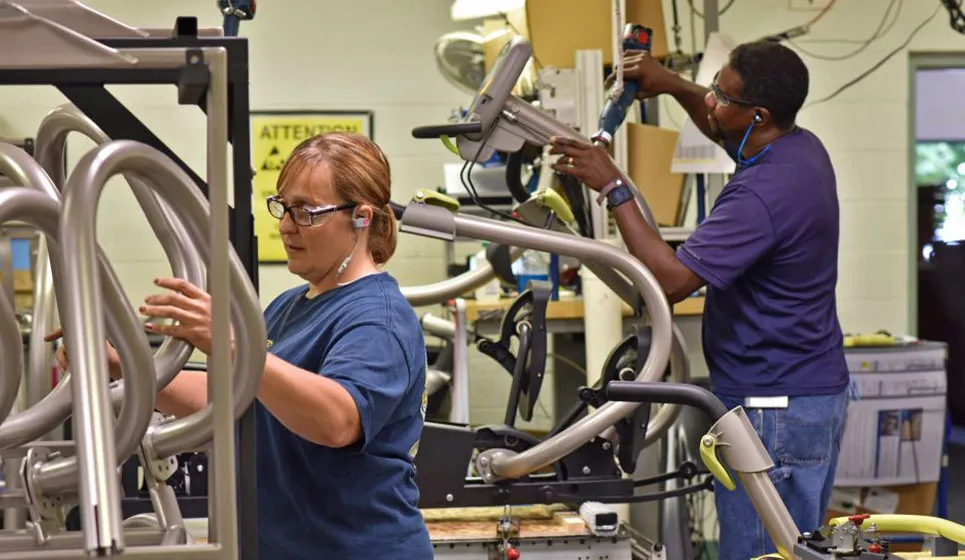Although improving ergonomics in the workplace is a common element of most company safety programs, the understanding and application of the term “ergonomics” continues to vary dramatically. We continue to hear practitioners interpret ergonomics differently, apparently based on the background, focus, and interest of each practitioner. Today, individuals with a range of expertise claim to “do ergonomics”. They include: physical and occupational therapists, martial arts instructors, wellness and fitness coaches, plus safety professionals and board-certified ergonomists (CPEs), to name a few.
Unfortunately, the varieties and loose interpretation of what ergonomics is only adds confusion and inefficiencies to those who really want to improve the workplace. A current example that comes to mind is from a sports medicine therapist who presented at Safety2016. The title of the talk was “Ergonomics is a Buzz Word”. Fortunately, we know that it is more than a buzz word.
Occupational ergonomics has been defined consistently by several internationally-recognized occupational safety and health organizations including NIOSH (US), Health and Safety Executive (UK), International Labor Office, Board of Certification in Professional Ergonomics, and OSHA (US). Although the wording of each varies slightly, they are consistent with NIOSH’s definition which is:
“The science of fitting workplace conditions and job demands to the capabilities of the working population. Ergonomics is an approach or solution to deal with a number of problems—among them are work-related musculoskeletal disorders.”
Bottom line is that occupational ergonomics is about designing the work to fit the worker. It is one approach used by employers to prevent employees from developing musculoskeletal disorders (MSDs). For additional information and references backing this definition, check out VelocityEHS’ position statement, Definition of Occupational Ergonomics.
Speaking of MSDs (the injuries resulting from overuse of the joints in the body), there are several different approaches used by practitioners to reduce or prevent them. They include; matching an employee’s capabilities to the demands of a task, use of body mechanics, stretching, strengthening and conditioning, and, of course, ergonomics (e.g. changing the workplace). A description of each of these approaches, their pros and cons, are provided in the article Musculoskeletal Disorders: Five Common Management Approaches in the December 2013 issue of Professional Safety.
